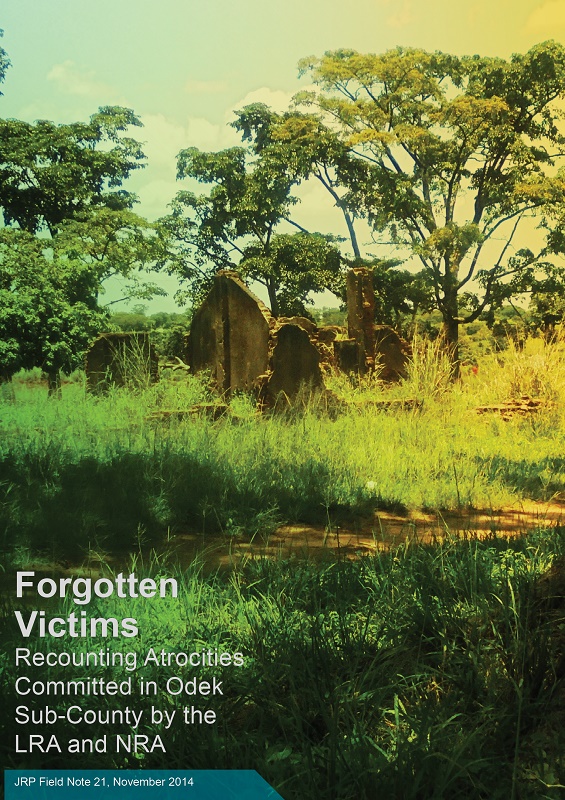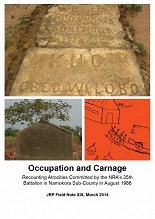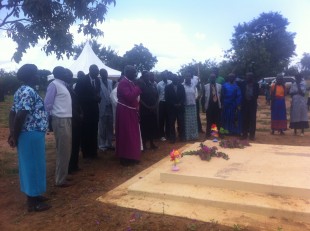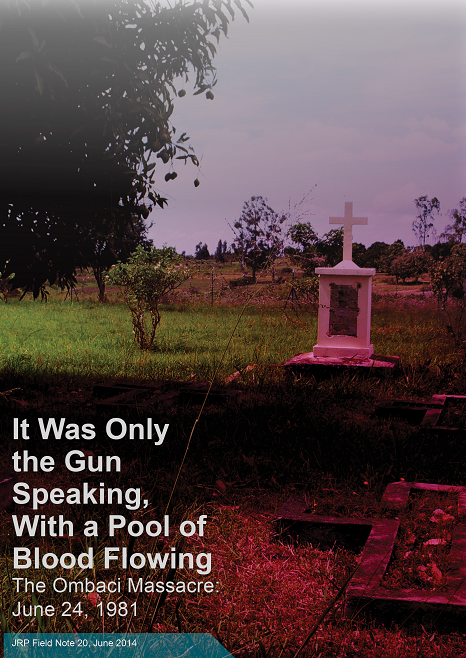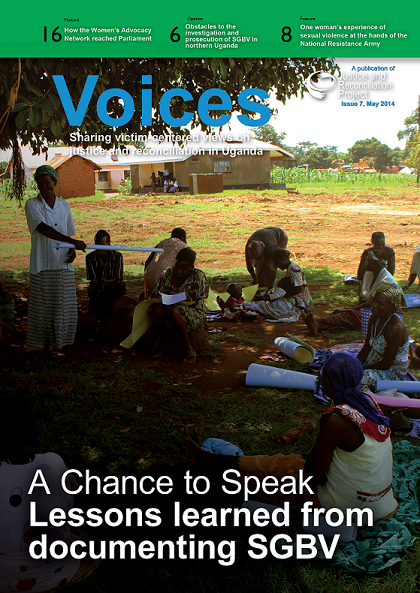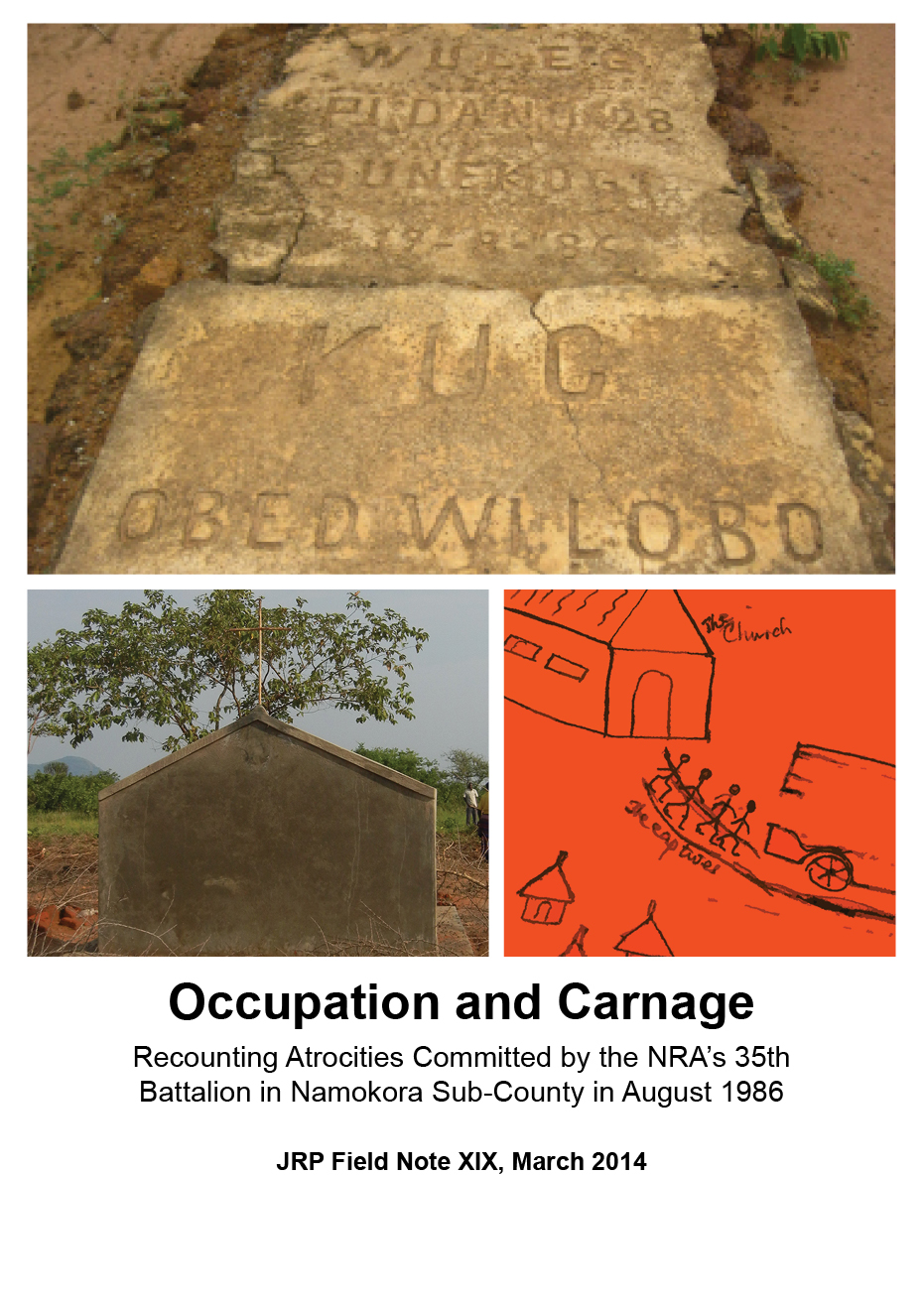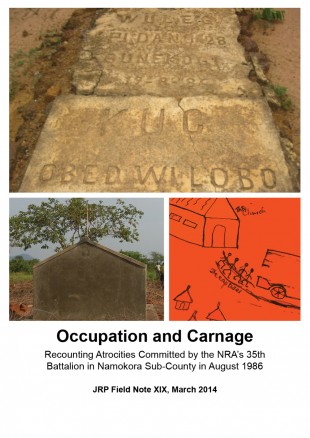By Stephen Ssenkaaba
Thirty-Four years since the Ombaci massacre in the Northern Uganda district of Arua, more questions than answers abound.
As victims, their families and leaders in Arua came together this year to commemorate the massacre in which the Uganda National Liberation Army(UNLA) soldiers-in pursuit of Uganda army rebels- killed more than 100 innocent civilians- concerns over reparation, reconciliation and the plight of several poor survivors still linger.
“We hope that finally something can be done to address these issues,” Stephen Acidri, the coordinator of a recently founded Ombaci Massacres Survivors Association said.
The Massacre
On Wednesday, June 24, 1981 UNLA soldiers rounded up Arua town in pursuit of rebels and former soldiers of the Uganda Army.
This brought about tension.
“The soldiers attacked homes, looted property and drove us from our homes,” 84 year old Ismail Saidi, a survivor, said.
In order to escape the wrath of the soldiers, Saidi and many people sought refuge inside the premises of St. Joseph’s college Ombaci and the Catholic Mission nearby.
“It is while hiding here for our lives that we were attacked by the soldiers who thought we were concealing rebels and or collaborating with them,” Saidi, who lost a daughter and two nephews recalls.
“They came into the store where we were hiding and showered us with bullets, they went into the carpentry, the church and other places around the school and the mission killing people.”
After about four hours of shooting, nearly 100 people were dead and several others injured and abandoned at a makeshift camp that had been erected by the Red Cross.
No amends
Since the massacre, Acidri says very little has been done to heal the wounds of one of the most brutal attacks on innocent civilians in Uganda’s recent history.
“Not much has been done to bring the perpetrators of these heinous crimes to book. No efforts have been taken to establish a truth and reconciliation process to facilitate the healing in this attack that hurt so many people and divided communities. What’s more, there has been no attempt to establish responsibility for these crimes,” Acidri says.
On the ground in Arua, many people claiming to be survivors are coming up and seeking to be compensated. And yet, without clear mechanisms to authenticate the claimants, the identification process risks being taken advantage of. Serious doubts also remain over any plans to hold perpetrators accountable for the human rights abuses that were committed in this gruesome murder.
Poor documentation
The Uganda Human Rights Commission has made recent visits to the site where the massacre took place but has yet to come up with a comprehensive report.
However, a 2013 report by the Justice and Reconciliation project (JRP) indicates that the government soldiers at the time (UNLA) violated international law for which the government of Uganda is still responsible.
“The murders and looting clearly amount to crimes against humanity…” says the report which adds: “What makes the Ombaci massacre such an agregious violation was the deliberate targeting of civilians, a religious mission and of clergy and International Commission of the Red Cross (ICRC) personnel, who are explicitly protected in instances of non-international armed conflict such as this one under Common Article 3 of the four Geneva Conventions on the conduct of war.”
Rt. Rev Fredrick Drandua, the retired bishop of Arua Catholic Diocese- who was an influential leader in Arua at the time of the massacre says that for all the atrocities that took place then, “there is need for all of us to rise above the bad days and forge ahead by doing good, forgiving and forgetting.”
http://www.newvision.co.ug/news/671542-34-years-later-more-questions-on-ombaci.html
